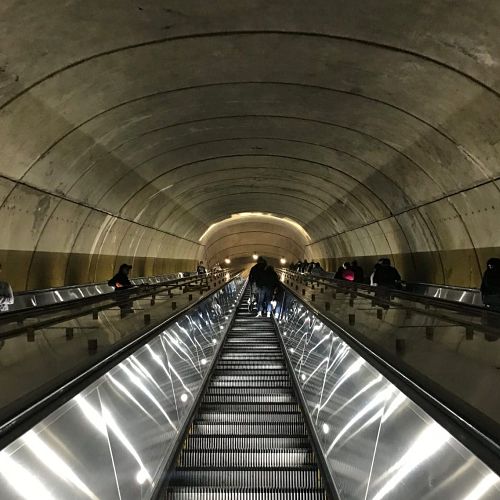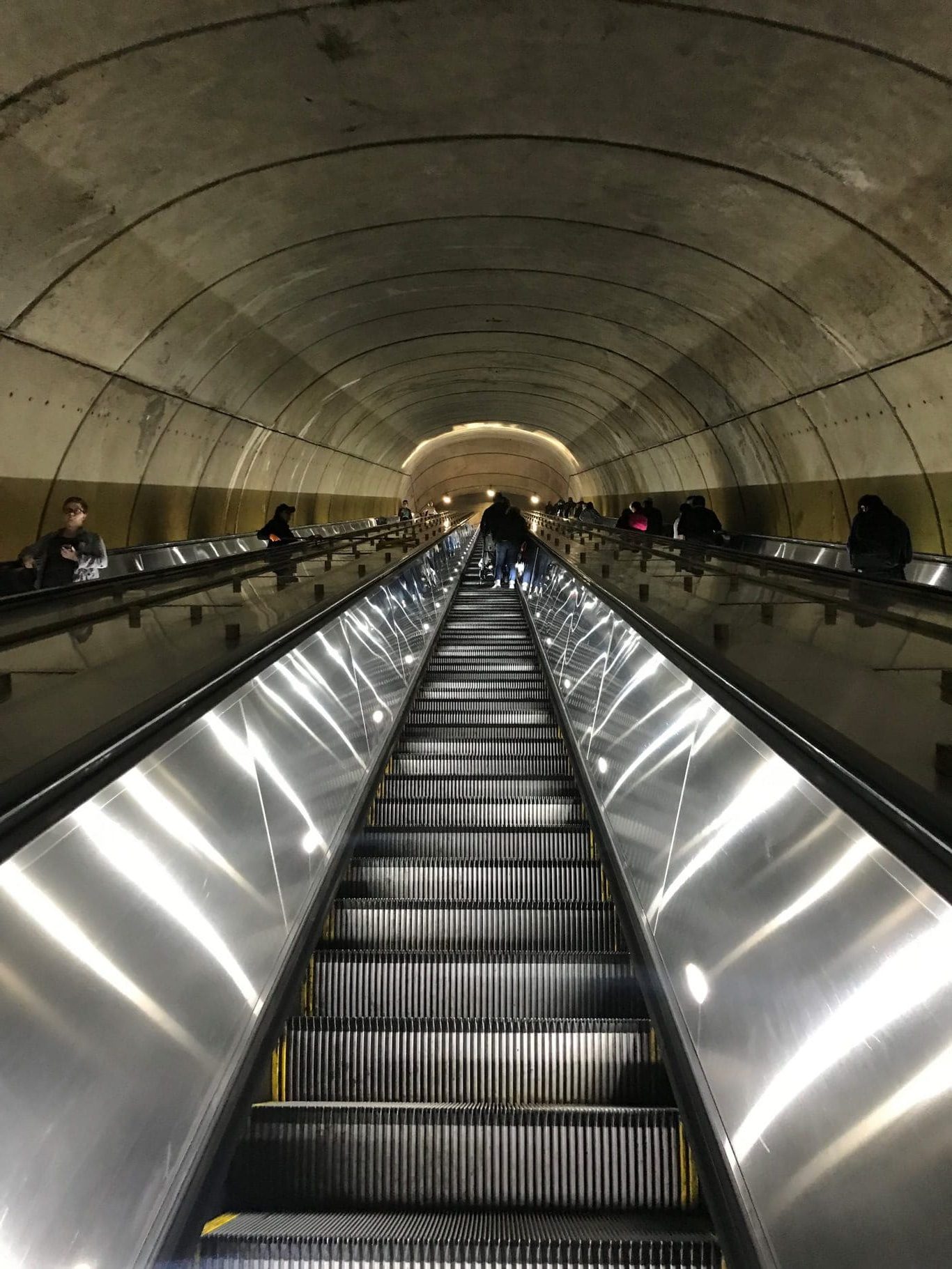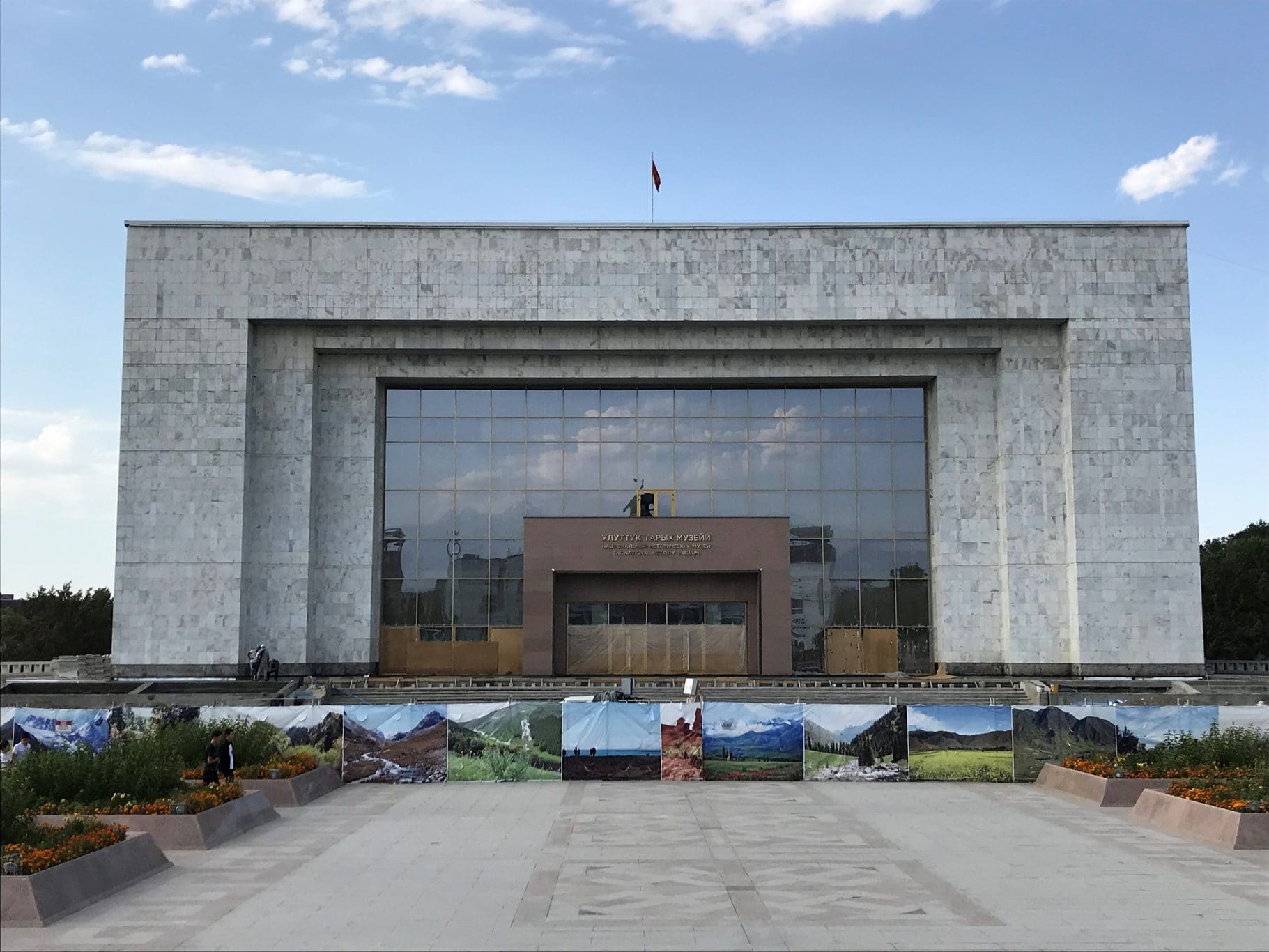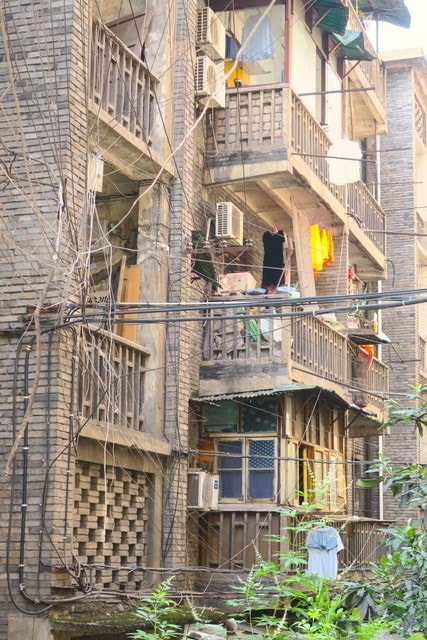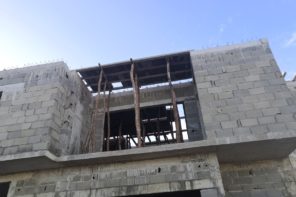Over the past two decades, infrastructure has emerged as a central concept in a larger conversation about architecture, landscape, and urbanism. Providing citizens with reliable infrastructure systems is of pressing concern for the management of contemporary cities, where growing populations raise challenges for the provision of clean air, affordable housing and resources. As Stephanie Carlisle and Nicholas Pevzner (2013) write, “The most difficult questions of urban performance are often inseparable from the functioning and design of urban infrastructure.” Infrastructure has surfaced as a primary field of investment for creating sustainable and livable urban landscapes; it is both a public endeavor and an integrated part of architectural design projects, as Shannon and Smets (2016) emphasize in their study on how the architecture of infrastructure influences the organization of the inhabited landscape.
Our forthcoming Roadsides collection 004 proposes a perspective on contemporary cities that interrogates how architecture and urban design function as and with infrastructure, intersecting and rearticulating spaces, places, and the power relations embedded therein.
Based on rich ethnographic studies, our forthcoming issue draws particular attention to power relations, material networks, processes of ruination, and environmental concerns as central modes that generate the social life of urban infrastructure.
Current research into the meaning and working of infrastructure demonstrates that the materials and technologies of built structures are inherently social and dynamic. Harvey (2010), for example, analyses the role of cement for changing social relations in Peru as it is implemented in road construction and civic buildings. Going beyond the singular material and object, Hein (2018: 922) outlines how Rotterdam’s “petroleumscape” – or the built environment that emerged from the oil industry, “shape[s] our value systems, imaginaries, and decision making.” In this case, oil, as main energy source, left traces in the landscape which pose serious challenges for creating a post-oil society.
With such studies in mind, we suggest that adding an architectural perspective to infrastructure studies reveals how buildings and spaces not only symbolize power relations but are in fact the very design of power.
Shopping malls, promenades, apartment buildings, car parks, and tram stations are shaped by political, technological, and economic factors guiding their design and implementation.
Once constructed, urban infrastructures communicate ideas and images about society; they reinforce local identities of place; they produce ethnic, class and other boundaries; and their form and symbolism engender uneven heritage-making processes. This has happened in places such as Dhaka, Beijing, and elsewhere, where the recent declaration of buildings as heritage sites placed a considerable burden on the rightful owners who often do not have the financial means to follow government restoration plans.
Urban infrastructure landscapes are also increasingly linked to concerns of climate change, as debates around energy transitions show. Environmentalists have begun to criticize the large CO2 emissions caused by practices to air condition buildings. Considering the replacement or retrofitting of thermal infrastructure in houses, it becomes evident that energy supply is embedded in an infrastructural network that connects various buildings to one another. As such, energy transitions might be best assessed through an urban perspective, bringing together architectural and infrastructural considerations. As Stephen Collier (2011) shows, the relationships between buildings and water pipes is a social condition in Russia, and the maintenance of heating infrastructure that provides warm housing has reinforced citizen-state relationships in the Post-Soviet period. In a similar vein, Madlen Kobi (2020) engages with the heating system in Northwest China to demonstrate how warming bodies is not only a biophysical process, but embedded in larger political settings of architecture, biopolitics, and territoriality.
Infrastructure, we argue, depends on and becomes visible through architecture. It mediates between sustainable design, natural resources, material networks, and social lives.
Taken together, infrastructure and architecture constitute the basic material fabric of contemporary cities: the choice of pipes leading from and to buildings to provide water and sewage solutions for private homes and offices; the installation of solar and energy storage systems to power electricity grids and enable heating and cooling facilities; and the integration of mobility systems to connect houses and recreation areas to underground car parks, vehicle sharing services, metro networks, railways, and other public modes of transportation. In all such cases, the complex work of repair and maintenance is essential to avoid failure and support contemporary forms of living.
Our forthcoming issue of Roadsides 004: Architecture as/and Infrastructure brings together innovative work from anthropologists, architects, urban planners, engineers, geographers, and environmental scientists to expand understandings of architecture and infrastructure as dynamically evolving social relations between humans, design, materials, technologies, capital, the environment, and the state.
The CfP for Roadsides 004 can be found . Abstracts (max. 200 words) should be sent to nadine.plachta@hcts.uni-heidelberg.de and madlen.kobi@usi.ch. Deadline for the submission of abstracts is March 31, 2020. To peruse all issues of Roadsides, visit the journal’s website: https://roadsides.net
References
Collier, Stephen. 2011. Post-Soviet Social. Neoliberalism, Social Modernity, Biopolitics. Princeton: Princeton University Press.
Carlisle, Stephanie and Nicholas Pevzner. 2013. ‘Introduction: Rethinking Infrastructure’. Scenario Journal 3: https://scenariojournal.com/article/introduction_rethinking_ infrastructure/.
Harvey, Penelope. 2010. ‘Cementing Relations. The Materiality of Roads and Public Spaces in Provincial Peru’. Social Analysis 54(2): 28–46.
Hein, Carola. 2018. ‘Oil Spaces. The Global Petroleumscape in the Rotterdam/The Hague Area’. Journal of Urban History 44(5): 887-929.
Kobi, Madlen. 2020. ‘Warm Bodies in the Chinese Borderlands. Architecture, Thermal Infrastructure, and the Materiality of State Consolidation in the Arid Continental Climate of Ürümqi, Xinjiang’. Eurasian Geography and Economics. https:// doi.org/10.1080/15387216.2929.1714461.
Shannon, Kelly and Marcel Smets. 2016. The Landscape of Contemporary Infrastructure. Rotterdam: Nai010 Publishers.
Feature image (cropped) by Nadine Plachta.

